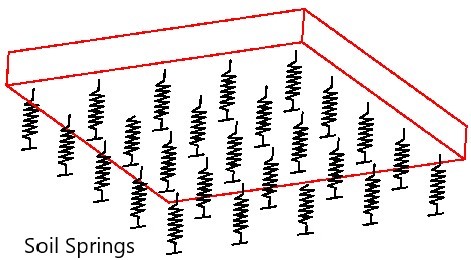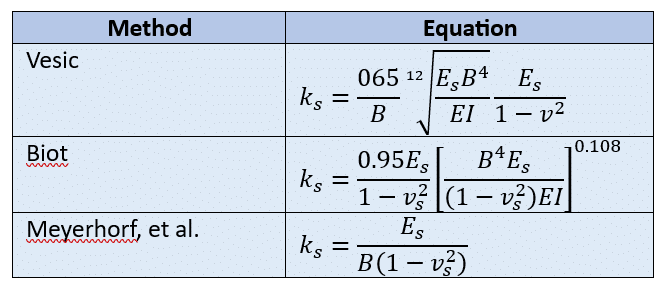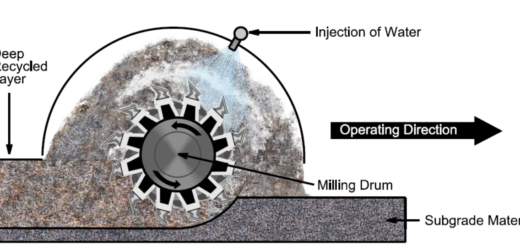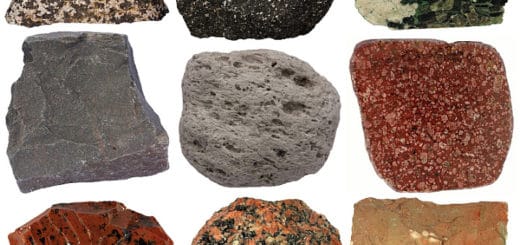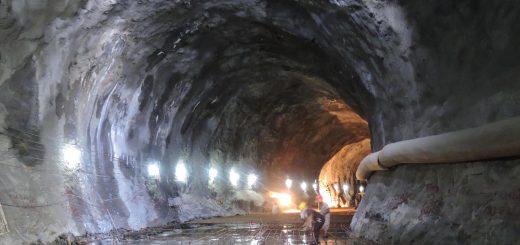Modulus of Subgrade Reaction | Soil Analysis Tool
The modulus of the subgrade reaction of soil is considered when the elastic behavior of the soil is used for the analysis. It is the representation of soil in the geotechnical analysis and model.
We used the spring element to represent the subgrade reaction. The following equation represent the soil subgrade reaction.
Subgrade Reaction = Soil Pressure / Soil Settlement
ks = q / w
It is kind of relationship between the applied pressure and the soil settlement.
Today there is many software that can be used to model the soil with subgrade reaction.
If we know the modulus of subgrade reaction, the elastic behavior of the soil can be modeled. SAP2000, Etabs, and other similar structural analysis software have the capability of modeling soil.
Designers analyzed the structures assuming they behave as a rigid bodies in the past mostly. Today, technology has developed and there is much software that can be used to model the soil.
Analysis of raft foundations, combined footings, analysis of piles for lateral loads, and model of the buckling of piles in weak ground.
How to Find Modulus of Subgrade Reaction
There are many methods to find the modulus of subgrade reaction using the bearing capacity or standard penetration value(SPT) in addition to testing methods.
Methods of obtaining the subgrade reaction are given in the book, foundation analysis and design by Bowles. A simplified empirical equation is given to calculate the subgrade reaction. The following is extracted from the Bowles foundation analysis and design book.
“It has been found that bending moments and the computed soil pressure are not very sensitive to what is used for ks because the structural member stiffness is usually 10 or more times as great as the soil stiffness as defined by ks. Recognizing this, the author has suggested the following for approximating ks from the allowable bearing capacity qa furnished by the geotechnical consultant:
SI : ks = 40(SF)qa kN/m3
Fps: ks = l2(SF)qa k/ft3 (9-9)
where qa is furnished in ksf or kPa. This equation is based on qa = qult/SF and the ultimate
soil pressure is at a settlement ∆H = 0.0254 m or 1 in. (1/12 ft) and ks is qult/AH. For
AH = 6, 12, 20 mm, etc., the factor 40 (or 12) can be adjusted to 160 (or 48), 83 (or 24), 50
(or 16), etc.; 40 is reasonably conservative but smaller assumed displacements can always
be used.”
If we know the allowable bearing capacity and the safety factor used to find the allowable bearing capacity, the subgrade reaction can be calculated.
Generally, for cohesive soils, a factor of 3 and for cohesionless soils, a factor of 2 are assumed by the engineers.
However, it is advisable to get the correct factor of safety from geotechnical engineers.
The modulus of subgrade reaction found from the above equation can be used to model raft foundations, footings, and combined footings.
However, when we model piles, it is better to refer to some other method of obtaining the subgrade reaction even though this above method may be used for the analysis.
Other Methods
There are many other methods to calculate the subgrade reaction of the soil. Mostly they are research based on correlations obtained through the studies.
Relationship with the Standard Penetration Value (SPT), Cone Penetration Value (CPT), Bearing Capacity, etc. can be used to evaluate the modulus of subgrade reaction.
The following image also indicate some of those relationships.
The article design of combined footings provides a more informative guide to design the same.

